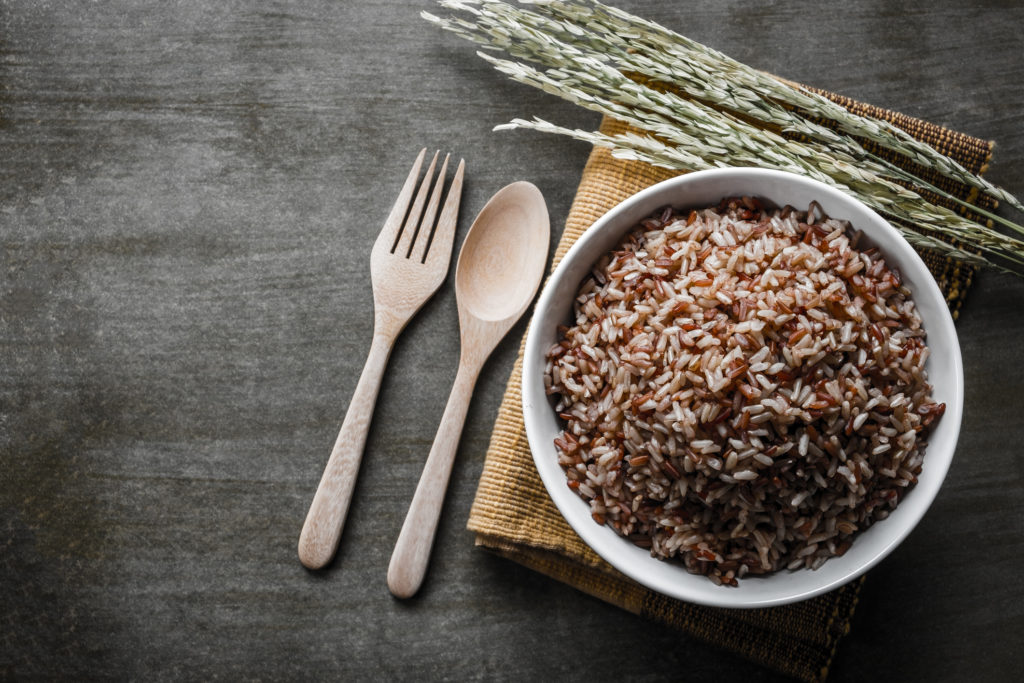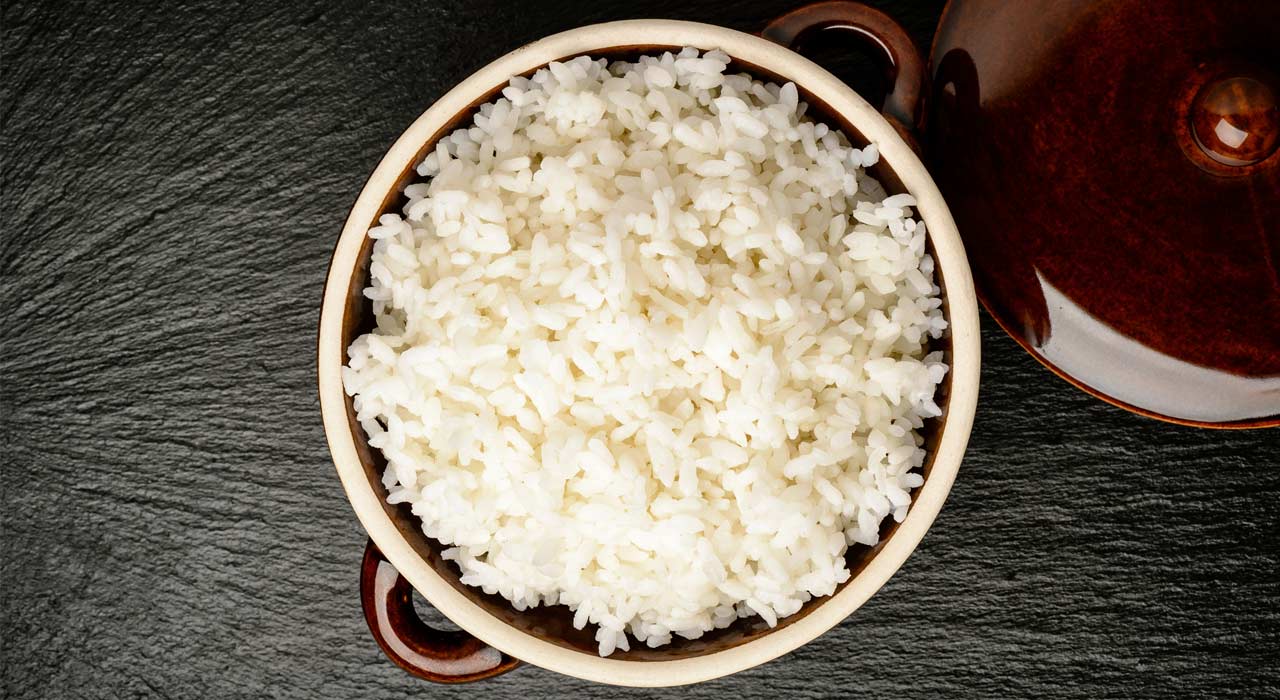Nutrition
Is White Rice Healthier Than Brown Rice?
In this era of health and wellness, there is a lot of misinformation floating around the internet that often makes it difficult to know what’s fact and what’s opinion. One hotly debated food is rice, or more precisely – white versus brown rice.
Although many studies out there will tell you that whole grains are the only way to go, there is some evidence that favors the refined variety, as it could actually be better for you.
Phytic acid
While it is true that brown rice contains more nutrients than its white cousin, that doesn’t mean all of those nutrients are being used by the body. One of the main problem with grains such as brown rice is their levels of phytic acid. This anti-nutrient binds minerals in the digestive tract – meaning they struggle to be absorbed.
Conversely, when white rice is milled, the bran is separated from the rice. Although this means a lot of the goodness is removed, the phytic acid is also removed which makes the rice more digestible. It also cuts down on grain-based fiber which has been shown to be harmful to the gut.
The diabetes risk
Another widely misconstrued rumor regarding white rice is its link to type 2 diabetes. While studies have linked the association between white rice consumption and type 2 diabetes, it is a risk, not a cause.
A study in 2012 caused many articles to make the claim that white rice may increase your risk of type 2 diabetes. When in fact, if you look at countries such as Thailand, the Philippines, and Indonesia, where rice consumption increases, diabetes incidence decreases.
It is true that white rice scores high on the glycemic index (GI) which measures how food affects blood sugar levels. However, the alleged increase of type 2 diabetes isn’t caused by white rice alone, but instead a plethora of other factors including a lack of exercise and an overall increase in carb consumption.

Is it time to throw away your brown rice?
How much arsenic?
The other health concerns surrounding rice is arsenic. While arsenic is a natural element, it is also a potent poison. Unfortunately, there currently aren’t a lot of restrictions surrounding its limits in our food and drink. However, in 2012 Consumer Reports raised fears that we are consuming too much arsenic from food products such as rice.
– READ MORE: Do You Know How Much Sugar Is In Your Food? –
In their study, they found the lowest levels of arsenic were contained in white rice imported from other countries. Contrarily, brown rice was found to contain 80% more arsenic than white rice.
So, should you throw away your brown rice forever? No. Brown rice does come with an array of health benefits and a recent study published in the journal Gut found that whole grains can help keep us fuller for longer which results in increased weight loss.
However, feel free to enjoy both grains because they both have their positives and negatives. If you like white rice, eat that and if you like brown, you can eat that too.
For the latest in health and fitness, sign up to the TRAIN for HER newsletter today.






















